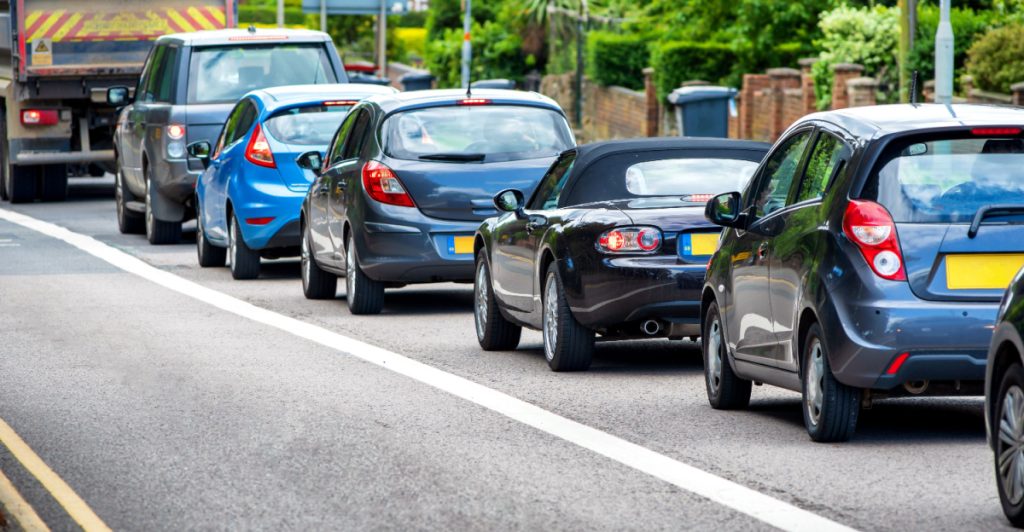Europe’s carmakers say the European Union’s climate goals for 2030 and 2035 are no longer achievable under current conditions.
Others are reading now
Europe’s carmakers say the European Union’s climate goals for 2030 and 2035 are no longer achievable under current conditions. The industry is urging Brussels to revise its roadmap, arguing that the pace of electrification is unsustainable without stronger infrastructure and consumer support.
Falling behind schedule
The European Automobile Manufacturers’ Association (ACEA) has warned that the EU’s current trajectory makes it nearly impossible to meet its promised CO2 reduction targets for cars and vans. The organization says manufacturers remain committed to achieving climate neutrality by 2050 and continue to invest billions in electric mobility.
ACEA members already offer around 300 electrified models, including battery-electric, plug-in hybrid, and hydrogen vehicles, with more set to arrive soon. But they say the market is struggling to keep up with policy ambitions. Charging infrastructure is lagging, incentives are inconsistent, and consumer demand remains weak.
“The market cannot sustain the speed dictated by regulations on its own,” the association cautioned.
Competitiveness at risk
ACEA criticized the EU’s singular focus on fully electric vehicles, arguing that this narrow approach could undermine Europe’s industrial base and technological independence. The region still depends heavily on Asian suppliers for batteries and key raw materials, leaving it vulnerable to external shocks.
Also read
Profitability in the sector has also fallen sharply. In 2024, profits for the world’s 19 largest carmakers nearly halved, and around 90,000 automotive jobs were lost in Europe. Electric vans remain a particular concern, with sales well below the 15% CO2 reduction target set for 2025.
Manufacturers fear that if the current strategy continues, consumers will delay purchasing new vehicles and hold on to older, more polluting ones—undermining emissions goals.
A smarter transition
ACEA is calling for a comprehensive review of Europe’s decarbonization policy built around three key priorities.
- Improve conditions for electrification by expanding charging networks, stabilizing the electricity grid, maintaining incentives, and setting realistic standards.
- Align climate policy with competitiveness by tailoring targets to different vehicle types and strengthening Europe’s industrial resilience.
- Embrace technological neutrality by supporting a mix of solutions, including hybrids, range extenders, and hydrogen.
Uneven progress across Europe
The shift to electric vehicles is advancing unevenly across the continent. Northern and western European countries lead adoption, while much of southern, central, and eastern Europe trails far behind.
Battery-electric cars currently make up just 15.8% of new EU car registrations, and electric vans only 8.5%. Projections suggest that by 2035, electric vehicles could reach 63% of sales—still short of the zero-emissions goal.
Also read
ACEA warns that such disparities could lead to a “three-speed Europe,” where car ownership—long a symbol of social mobility—risks becoming a privilege rather than a norm.
Sources: ACEA, European Commission, Reuters
This article is made and published by Asger Risom, who may have used AI in the preparation


